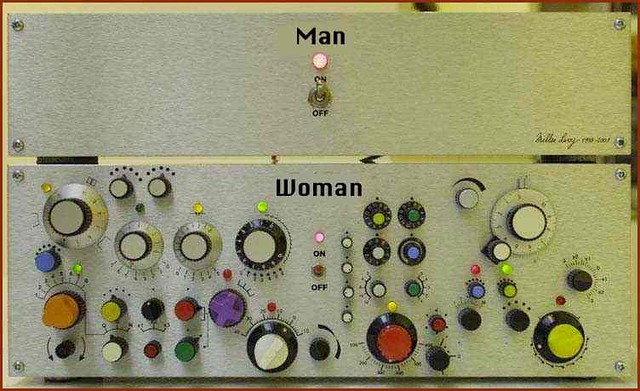Koshiki
Brown Belt
How about create your own forms? This way you can create it to fit your own training need.
If you are a beginner and you say you are not ready to do it yet, how about 20 years from today? How about 40 years from today?
Kata is not a magical solution. Kata is not a definitive solution. Kata is not perfect. Kata is in all cases a training tool, however deep or profound the inspiration derived from it.
So I agree; why not?
If form is like book then someone has to write that book.
Exactly. Itosu took Channan and made it into something for young children. He asked Matsumura for more kata, and got another form, even simpler, again for young children. then he took Kusanku and made two more forms for children in school to get some exercise. Finally, he took a really old form (dare I say ancient?), Passai, and twisted it around willy nilly to form yet another exercise for schoolchildren to practice harmlessly in the schoolyard.
He did this over a short period of time, employing no miraculous understanding or deep wisdom. He, bowing to the hierarchic social pressures lingering from feudal Japan, consulted previous, established, respected forms to produce a kata suitable for children, derived from Okinawan martial arts, and without offending procedure and limitations on personal extrapolation in the contemporary culture.
Today many of us view these forms, the Piñon/Pinan/Heian as irrefutable dictations of the purest martial arts.
Or perhaps they were a creative invention to get school children in shape, many of whom, according to the Japanese military of the day, were scrawny and less physical than desired for purposes of combat. Depressing though that is, that is part of the history of the Sino-Japanese and by extension Korean/European American practice. The idea that new kata/forms//hyung should not be created is, well, not very traditional, by any historical view.
For us, at least (Okinawan basis, not Japanese), the kata do not change, there is no one authorized to change them.
True. My school teaches, basically, eleven forms. If you can find a functional form of movement not represented in those eleven forms, if you can find a sequence of functional technique which is not somewhere applicable, then by all means, create new forms. However, the need to do so, I feel, is highly limited.
As an aside, Bill Mattocks, I am more and more over the past couple weeks, short a span thought that is, begining to see why so many martial artists on this forum were excited by your return. You may only have a few years of training, but let us again remember the differnces between years training, capability gained, and understanding developed. I'm glad you're back.
Huh. Why is it that the guy who doesn't do forms has, to me, one of the best explanations, on a surface level, of forms?None of my primary arts involve kata...
Perhaps the kata is just a way of reminding us - "this is how things should feel when everything goes just right."
I guess you always have a more objective view from the neighboring town...

